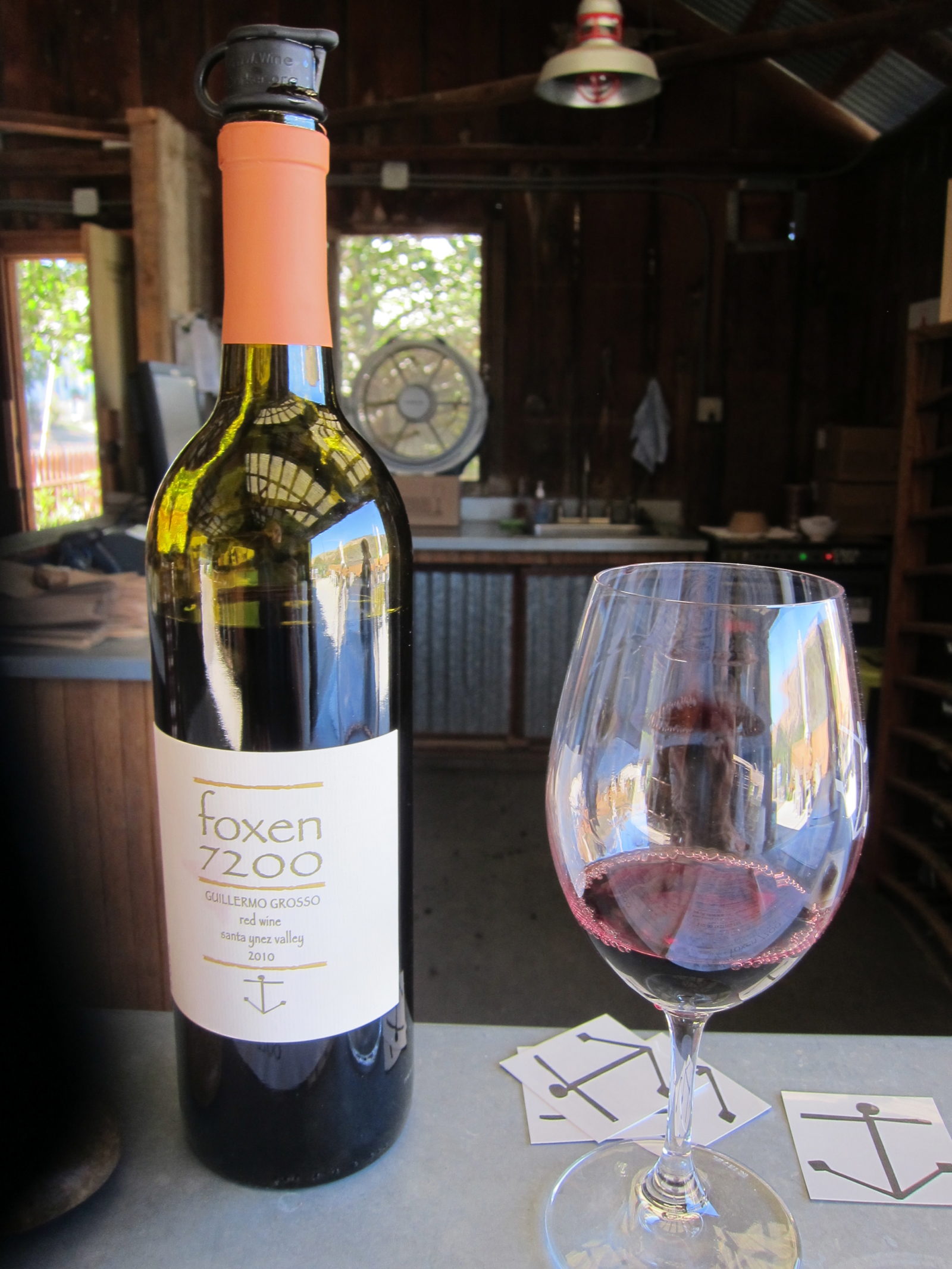
The title of this post is misleading. Regulations concerning wine are rarely beautiful, but associated grape names can be. You’ll see.
Below are some basic and bedrock regulations concerning how wine producers can label their bottles in the U.S. Because the universe of wine laws and regulations is often labyrinthine, this post focuses just on a few colorful aspects of U.S. labeling rules. Future posts may peek at those from other wine producing countries. Why? Because regulations force wine makers to consider a wider world beyond fields and cellars.
First – which grape varieties should be listed on a wine label? None, if a producer chooses. But if any are listed, rules apply.
Wines sold in the U.S.(which are not imported) can list on bottle labels only grape varieties recognized by the federal government. Imported wines receive more lee way: they can include any grape names, as long as each is officially recognized by the government of the exporting country.
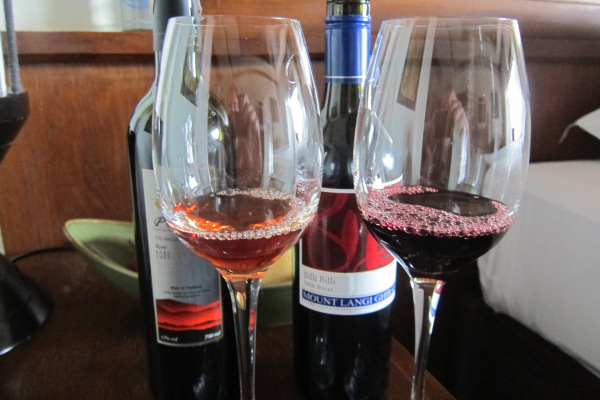
Inspecting a list from the government’s guidance on including grape variety names on wine labels (courtesty of the Alcohol and Tobacco Tax and Trade Bureau; part of the Treasury), I counted over 310 ‘acceptable’ grape varieties for making wine in the U.S. These include some darlings: Watergate, Captivator, Blue Eye, Edelweiss, Iona, Melody, Noah, St. Croix, and Freedom. Ever heard of these? Just seeing ‘St. Croix’ and ‘Freedom’ on a label could entice me to buy the bottle. And there are more. Additional approved grape varieties (pending the next official rule-making) include: Geneva Red, King of the North, Bluebell, and Rose of Peru – which sound like characters from a child’s storybook.
Second – what percentage of grape(s) named on the label must be included in the wine?
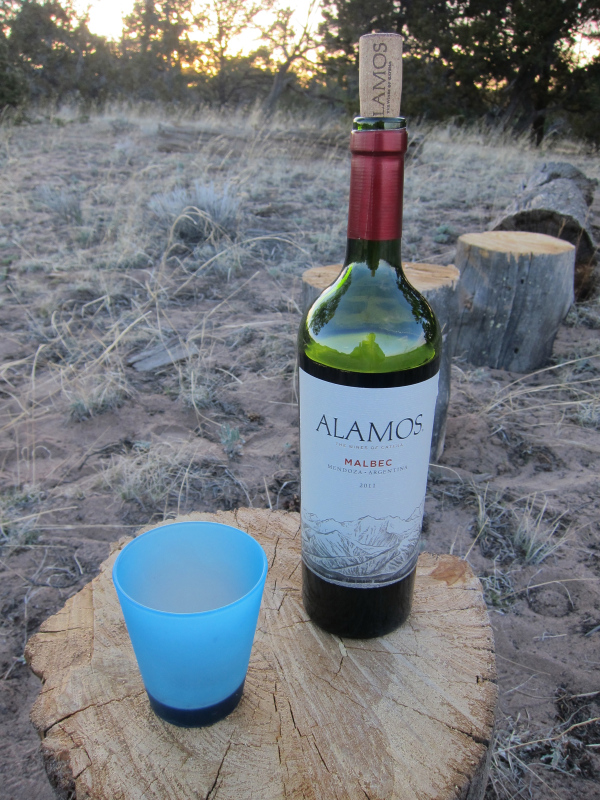
Per U.S. regulations, a single grape variety can be written on the label if at least 75 percent of that bottle’s wine is made from that grape. There are exceptions. First, if the grape is of the vitis labrusca vine variety rather than the more widely used vitis vinifera, only 51 percent (or more) of the wine needs to come from that grape. Second (though I suspect this is rarely used), if a TTB officer finds that the wine made from the 75 percent minimum of one grape still tastes too strongly, he or she can drop the minimum to 51 percent. In both cases, the front or back label will have to include specific language telling that story.
If a producer wants to list two or more grape varieties, they must include the names of all included varieties, as well as their contributing percentages (each within a range of plus or minus two percent).
The state of Oregon has a reputation for applying more stringent requirements – requiring that 90 percent of any single variety must be in the wine if the label names just that grape. But there are eighteen exceptions to this rule, including all component grapes used for red Bordeaux and red Rhone blends, as well as Sangiovese, Tempranillo, Zinfandel, and others. What is notable is that this rule does impact both Pinot Noir and Chardonnay. Considering these two grape varieties constitute the sole components of renowned red and white wines from Burgundy, it’s likely the Oregon legislator who crafted this rule was influenced by Oregon wine producers who are true lovers of pure Burgundian wines. Perhaps beauty does seep into regulations.

Third, what year were the grapes grown?
Stating the ‘vintage’ – the year that the included grapes were harvested – is not required in the U.S. But if a producer chooses to list the vintage, at least 95 percent of grapes included in the bottle must have been harvested during that year. This applies to grapes listed as coming from any designated American Viticultural Area, or AVA. If a state or county is instead listed as the appellation (rather than an AVA), only 85 percent of grapes need come from that labeled vintage.
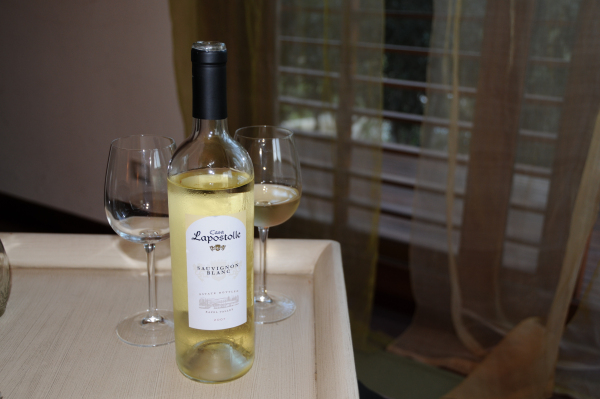
Fourth – how much alcohol is in the wine?
A friend was recently pulled over by the police, tested, and charged for driving under the influence of alcohol (DUI). Because she drank only wine that night, she suspected someone might have spiked her drink. I suggested another probable cause. During the past two decades, alcohol content has been creeping upward in U.S. wines. Whereas fifteen to twenty years ago most bottles typically used to include between 12 and 13.5 percent alcohol by volume, that number has been ascending upward to as high as 16 percent. Why? Due to improvements in viticulture and the popularity of fruit forward, high alcohol wines, grapes spend longer time on the vine, increasing sugar levels, requiring more prolonged fermentation periods, and resulting in higher alcohol levels.
What does this mean for a cocktail drinker?

If a wine contains 14 percent of alcohol – or less – the label is not required to show the percentage, and can include the words ‘table wine,’ or ‘light wine.’ If it does include the percentage, there is an allowed variance to that stated number of plus or minus 1.5 percentage points. For wines that include greater than 14 percent alcohol, however, the rules are slightly different. First, the percentage must be shown on the label; second, the variance must be only plus or minus one percent.

Let’s say my friend who received the DUI had arrived at the party in the early evening. She had an empty stomach and poured herself a glass of wine. She did not read the alcohol content on the label, which showed, let’s say, 15.5 percent. That means the wine could actually contain 16.5 percent alcohol, which means each glass she consumed contained over 37 percent more alcohol than the usual bottle of wine she drinks at home with dinner, a Bordeaux with 12 percent alcohol. Also, if her host went with the current trend of using larger and wider wine glasses, her single pour to the mid-point of the glass provided, say, fifteen percent more liquid than she was used to drinking at home. The human brain has difficulty gauging the volume in a container, and people generally pour themselves more if a glass is wider. Also, people generally pour themselves more when they hold a glass in their hand rather than set it on a table. She drank two glasses on an empty stomach (which provided the same amount of alcohol as three glasses of her usual wine poured at home). Even after subsequent dining (during which she may have enjoyed another glass or a few) her bloodstream was swimming with a greater chance for getting a DUI than she would have suspected.
Want to stay buzzed but not toasted at a party? Check the wine label for alcohol percentage next time you reach for a wine bottle. Otherwise, regulations you break could cost you your driving license. Here’s to safe drinking.



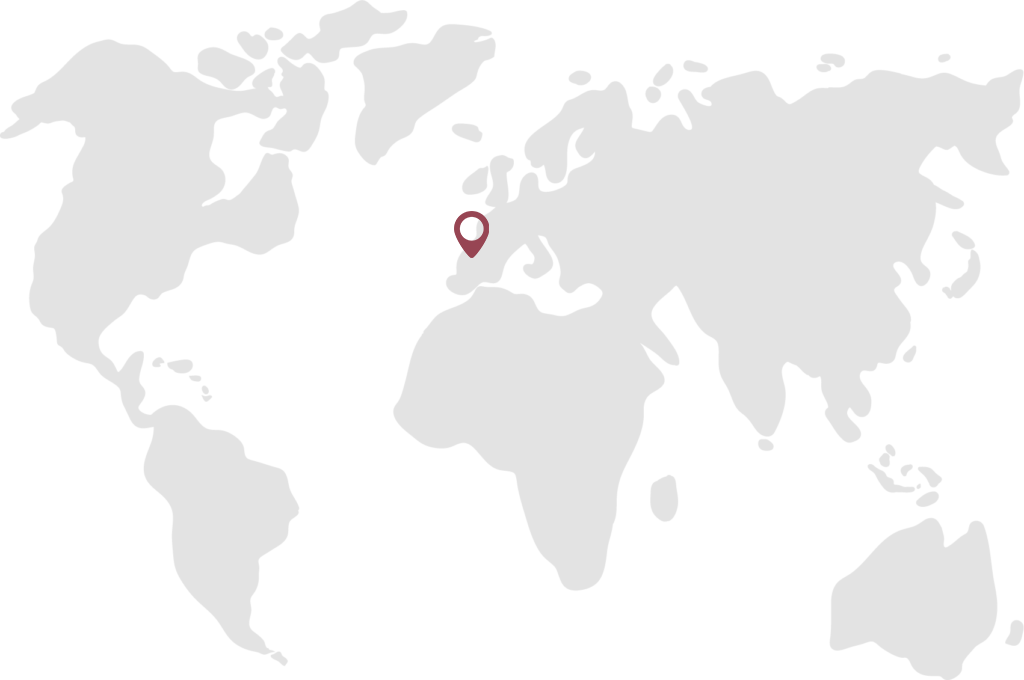
Lisa hazard
28 Jan 2014Hi Tom,
Interesting post….good to know this information!
LISA
vinoexpressions
28 Jan 2014Considering that you live in Davis, CA – capital of wine research – your neighbors probably helped make these regulations…glad you enjoyed!
theartistonetheroad
11 Feb 2014Just like most things, even wine is swimming in politics. But I don’t mind regulations when they make sense and help distinguish what we are actually drinking. Recently here in Sonoma County, the Russian River AVA was expanded to about 18 miles south of the river. I don’t believe the Russian River has any influence that far south. Anyway it’s fun to navigate the maze of wine and I enjoyed reading your story, Beauty in Wine Regulations!
vinoexpressions
11 Feb 2014I agree with you about politics, Richard. I recall reading how one of the first highest designated wine regions in Italy actually produced a lot of crap. And 18 miles from the Russian River – in terms of viticulture – sounds less like geographical similarities and more like political / marketing interests. At least Prohibition is far beyond us….what a bizarre chapter in U.S. history that was. Enjoyed the input and hope life goes well!